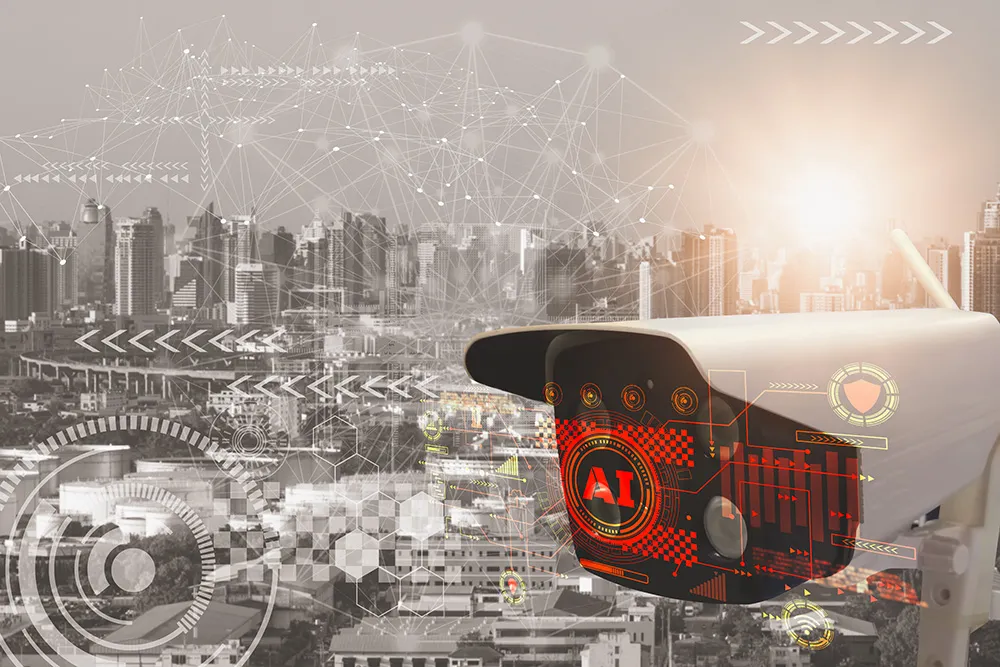The Adelaide-headquartered Department for Planning, Transport and Infrastructure has partnered with Sydac and Sage Automation to showcase South Australian transport and technology innovation, including the Addinsight freeway and arterial road incident detection and congestion management system.
The system uses probe data collection stations to constantly monitor traffic flows in real-time. When road segments experiencing delays higher than expected are detected, the field devices automatically start broa
October 10, 2016
Read time: 1 min

The Adelaide-headquartered Department for Planning, Transport and Infrastructure has partnered with 8498 Sydac and 8499 Sage Automation to showcase South Australian transport and technology innovation, including the 8497 Addinsight freeway and arterial road incident detection and congestion management system.
The system uses probe data collection stations to constantly monitor traffic flows in real-time. When road segments experiencing delays higher than expected are detected, the field devices automatically start broadcasting alert information at locations approaching the congestion via Bluetooth Low Energy advertising packets. Motorists with the Addinsight smartphone app receive a spoken alert from their phone’s speaker or paired car stereo about the location, cause of the problem, and amount of additional delay. Only motorists heading towards the problem are notified. Broadcasts are disabled once conditions return to normal.
Visitors to the stand also will have a chance to experience the Sydac truck simulator – a powerful and flexible training system for professional drivers.
The system uses probe data collection stations to constantly monitor traffic flows in real-time. When road segments experiencing delays higher than expected are detected, the field devices automatically start broadcasting alert information at locations approaching the congestion via Bluetooth Low Energy advertising packets. Motorists with the Addinsight smartphone app receive a spoken alert from their phone’s speaker or paired car stereo about the location, cause of the problem, and amount of additional delay. Only motorists heading towards the problem are notified. Broadcasts are disabled once conditions return to normal.
Visitors to the stand also will have a chance to experience the Sydac truck simulator – a powerful and flexible training system for professional drivers.









